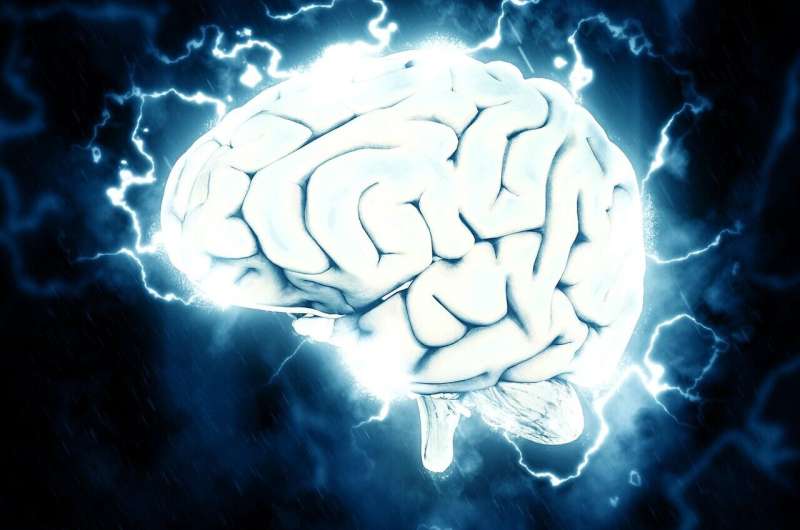How the Placebo Effect Influences Pain Relief Through the Brain

Recent advancements reveal how the placebo effect activates brain circuits to reduce pain, highlighting the role of endogenous opioids and neural pathways for potential new pain management strategies.
The recent discoveries by neuroscientists at RIKEN have shed light on how the placebo effect can diminish the perception of pain, not only in humans but also in animals such as rats. Published in Science Advances, this research uncovers the neural mechanisms behind placebo analgesia, emphasizing the role of brain circuits and endogenous opioids.
Traditionally, the placebo effect was believed to be predominantly psychological, driven by the mind’s expectation of relief. However, the new findings reveal a complex neural process involving specific brain regions. In their studies, Cui and colleagues conditioned rats to associate injections with pain relief by administering actual painkillers over four days. When subsequent injections with saline (a placebo) were given, the rats experienced pain relief owing to their conditioned response.
Remarkably, about one-third of the rats displayed full placebo analgesia, another third showed partial effects, and the rest did not respond significantly. The team used advanced neuroimaging techniques to analyze brain activity, discovering that placebo-induced pain relief activates several brain regions, similar to what is observed in humans.
Central to this mechanism is the medial prefrontal cortex (mPFC), a region at the front of the brain involved in higher cognitive functions. The activation of the endogenous opioid system in the mPFC triggers the descending pain inhibitory system, effectively reducing pain signals. This indicates that the placebo effect operates through the brain’s natural pain control pathways, primarily via opioid signaling.
Understanding these neural circuits opens new possibilities for harnessing the placebo effect in medical treatments to reduce reliance on pharmacological painkillers, thereby minimizing side effects and dependency risks. Although ethically and technically challenging to explore directly in humans, animal models like these offer valuable insights into the underlying brain processes.
Yilong Cui and his team aim to further investigate what initiates the opioid signaling involved in placebo analgesia, which could lead to novel non-invasive pain therapies in the future. This research underscores the remarkable capacity of the brain to modulate pain through psychological and neural mechanisms.
Stay Updated with Mia's Feed
Get the latest health & wellness insights delivered straight to your inbox.
Related Articles
Revolutionary Ultra-High-Resolution MRI Maps Brain Structures at Near-Micron Scale
A groundbreaking ultra-high-resolution MRI scanner now allows researchers to visualize microscopic brain structures with near-micron precision, advancing neuroanatomy and brain disorder research.
Residential Sulfur Dioxide Exposure Associated with Increased Risk of ALS Onset
A new study links long-term residential sulfur dioxide exposure to increased risk of developing amyotrophic lateral sclerosis (ALS), highlighting environmental factors in neurodegenerative diseases.
FDA Study Finds High Doses of Consumer CBD May Increase Liver Enzymes
A new FDA study indicates that high doses of consumer CBD, around 400 mg daily, may elevate liver enzymes in healthy adults, underscoring the need for careful monitoring and further safety research.



